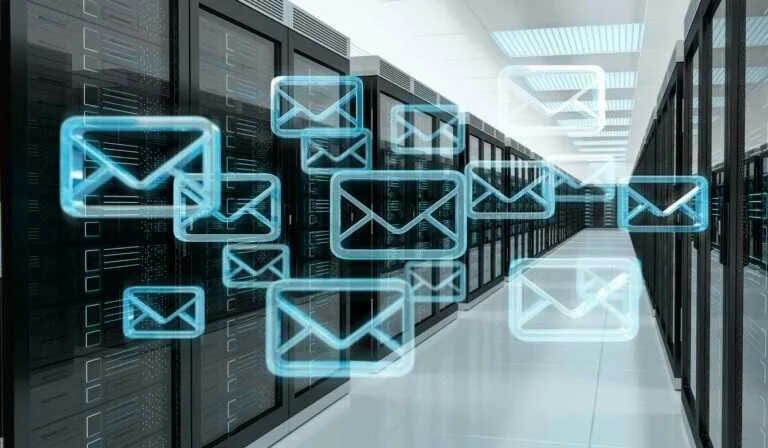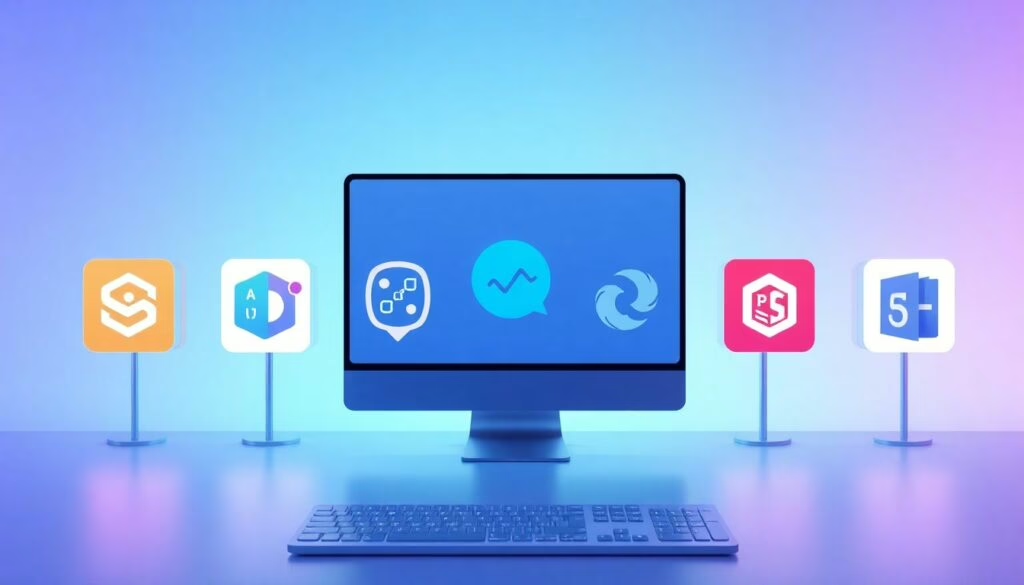If you use a computer or laptop, you are likely familiar with email services, which operate using Mail Servers or Email Servers. In this article, we will explore what a mail server is, its types, and how it works in detail.
What is a Mail Server?
A mail server is a computer system responsible for managing and providing email services. When you send an email, your mail server accepts it and ensures its delivery to the intended recipient’s server. This process involves communication between multiple servers to ensure the email reaches its destination.
The mail server also stores incoming messages in your inbox, allowing you to access and read them at your convenience. Additionally, mail servers handle security, protecting messages from unauthorized access and viruses.
Organizations or individuals can configure mail servers based on their specific requirements, ensuring flexibility and scalability.
History of Mail Servers
The development of mail servers is a story of innovation, with several key milestones marking their evolution:
- ARPANET and SNDMSG (1960s)
The concept of email began with ARPANET (Advanced Research Projects Agency Network). The first email protocol, SNDMSG (Send Message), was created to enable message exchanges between systems. - SMTP (Simple Mail Transfer Protocol) – 1980s
SMTP was introduced to facilitate the transfer of email messages between servers, forming the foundation of modern email communication. - POP and IMAP
- POP (Post Office Protocol): Introduced in 1984, it allowed users to download emails to their devices for offline access.
- IMAP (Internet Message Access Protocol): Launched in 1986, it enabled users to manage emails directly on the server, providing multi-device accessibility.
- Microsoft Exchange Server (1996)
Microsoft revolutionized corporate email with its Exchange Server, offering a comprehensive solution for large organizations. - Open-Source Mail Servers
Open-source projects like Postfix and Dovecot empowered individuals and businesses to create customizable mail server solutions. - Web Mail Services
The advent of web-based email services like Gmail, Yahoo Mail, and Outlook brought email access to browsers, making it more user-friendly.
Types of Mail Servers
Mail servers are classified based on their roles and functionalities:
- SMTP (Simple Mail Transfer Protocol) Server
Handles outgoing emails, ensuring their successful delivery to other servers. - POP (Post Office Protocol) Server
Allows users to download emails from their inbox to local devices for offline access. - IMAP (Internet Message Access Protocol) Server
Enables users to manage and access emails directly on the server, allowing synchronization across multiple devices. - Web Mail Server
Powers browser-based email services such as Gmail, Yahoo Mail, and Outlook.com. - Mobile Mail Server
Optimized for mobile devices, these servers synchronize emails, contacts, and calendars for seamless access on-the-go. - Remote Local Mail Server
A dedicated server configured for organizations or individuals, operating outside the local network. - Mail Independent Server
Open-source mail servers like Postfix and Dovecot that can be customized for specific needs. - Outgoing Mail Server
Focuses solely on sending emails to recipients or other servers.
How Mail Servers Work
Here’s a simplified process of how mail servers function:
- Sending Email:
- Your email client (e.g., Gmail, Outlook) sends the message to the SMTP server.
- The SMTP server verifies the sender’s credentials and routes the email to the recipient’s server.
- Receiving Email:
- The recipient’s mail server stores the email using POP or IMAP protocols.
- Users can access their inbox on local devices or via webmail platforms.
- Security:
Mail servers ensure secure communication by encrypting messages and preventing unauthorized access.
Mail servers are the backbone of modern communication, enabling efficient and secure email exchange. With advancements in protocols, open-source solutions, and webmail services, they continue to evolve, meeting the diverse needs of users worldwide.
By understanding their history, types, and functionalities, you can better appreciate how emails travel seamlessly across networks to connect people globally.



